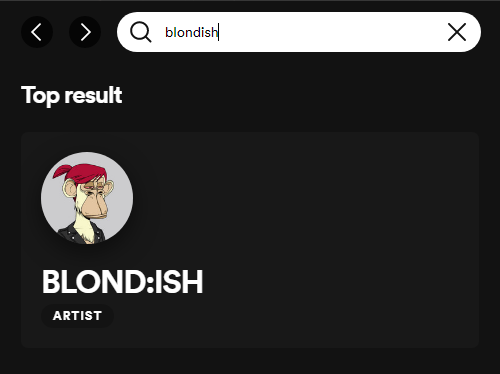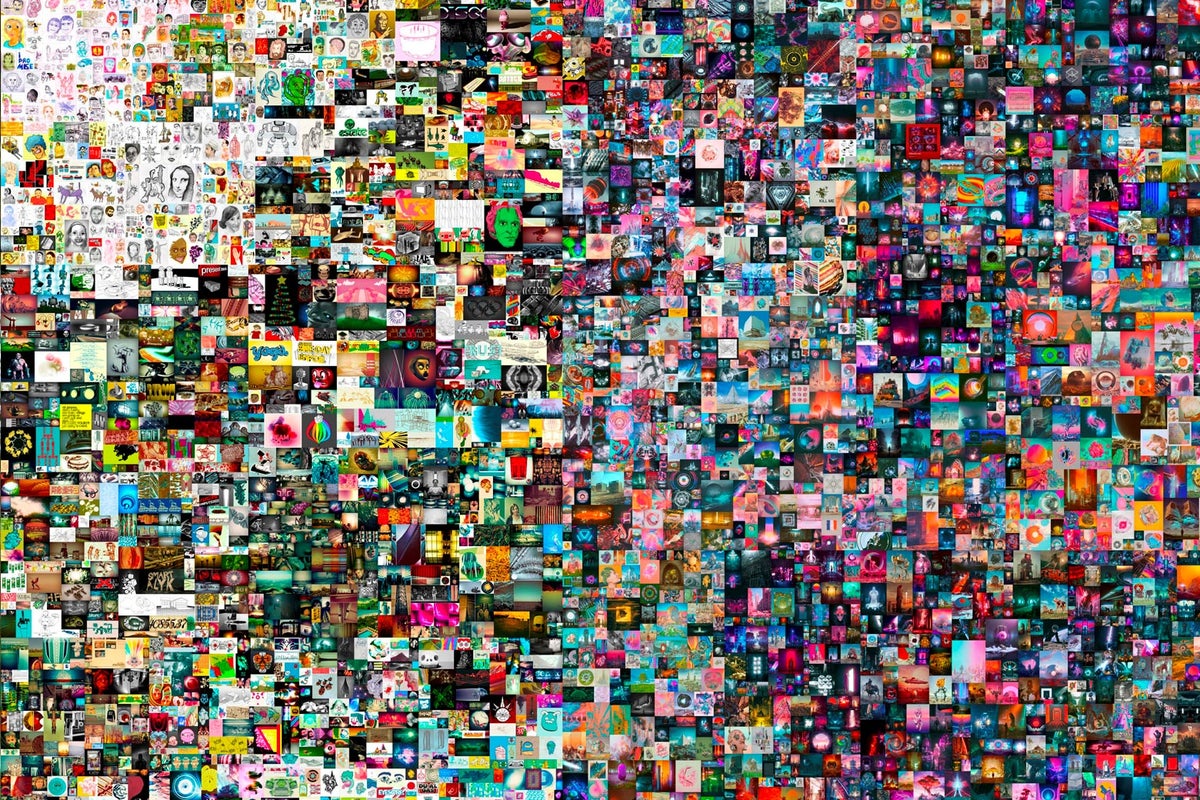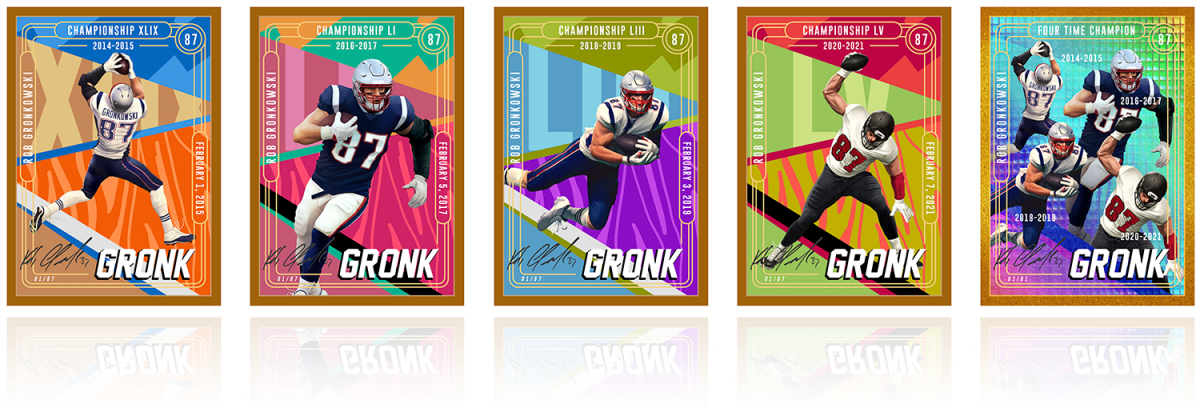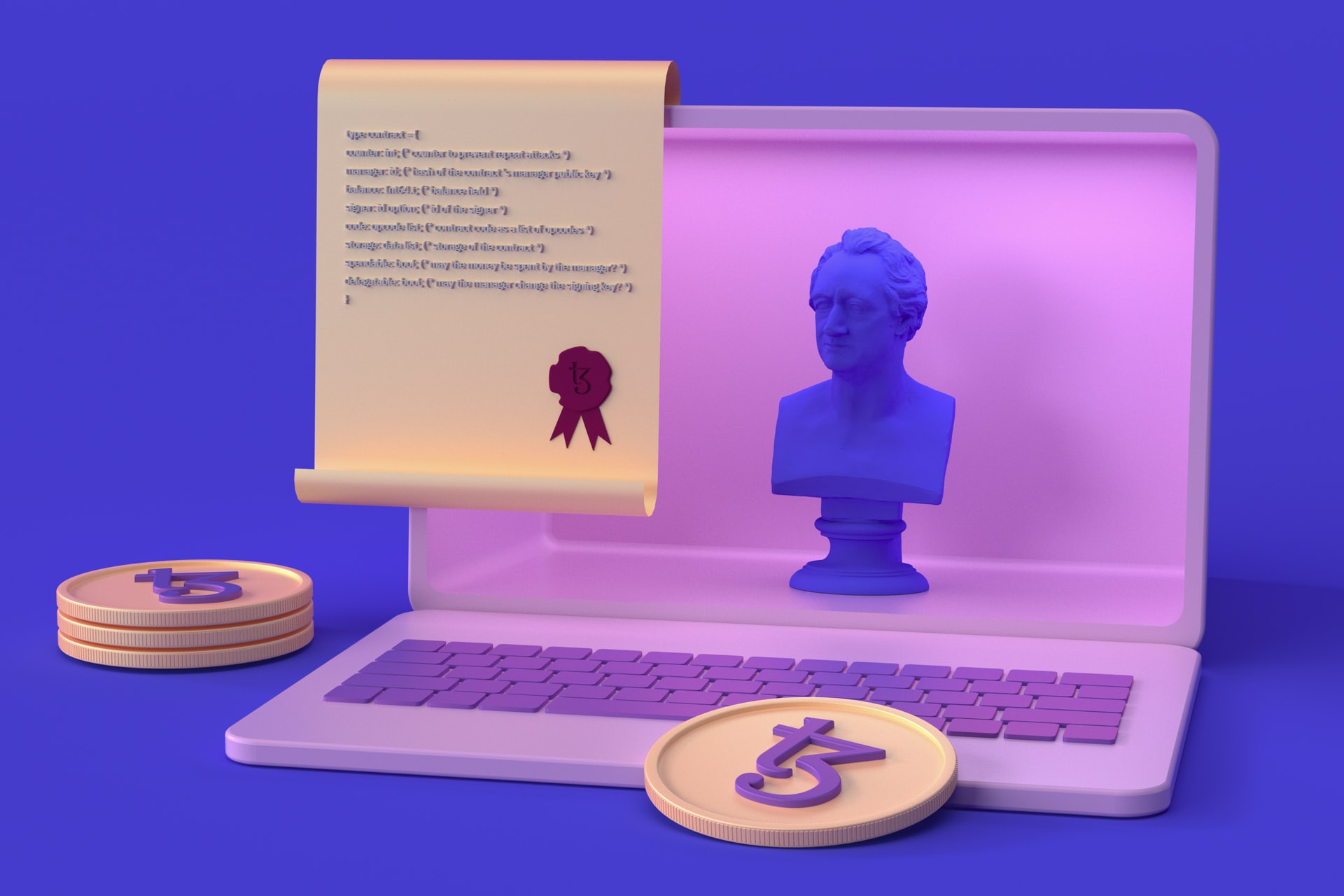There are endless potential applications for non-fungible tokens (NFTs). However, since we’re still in the early stages of the non-fungible era, it might be some time before we see large-scale projects that aren’t, in one way or another, related to art.
To this end, NFT projects these days typically fall into one of seven categories. Here’s everything you need to know about them.
1. PFPs and Avatars
Overview:
Without a doubt, this format is what most internet users outside the NFT sphere think of when they think of NFTs. And that’s by design — a quick search of ‘NFTs’ on Twitter will net you a sea of tweets from users with avatars consisting of Bored Apes, CryptoPunks, Cool Cats, Doodles, and all their offshoots and spinoffs.
NFT examples to inspire you:
Owners of a PFP or avatar NFT are free to use them on their own social media profiles, most often as a digital flex. All that online flexing comes with one significant benefit to the broader NFT community: they’re essentially free ads for NFTs. Since the NFT boom of 2021, several celebrities have added PFP NFTs on their social media profiles. Even artists like BLOND:ISH have showcased their PFP NFTs on their Spotify profiles.

2. One-of-one (1/1) artwork
Overview:
During the minting phase of NFTs, creators can split up their work into multiple editions that may only differ on the blockchain end of things. This means different editions of the same piece may appear identical to each other visually, but possess different edition numbers or token IDs.

NFT examples to inspire you:
While this is great for increasing an artist’s work availability, some creators opt to go the exact opposite route and mint their work as a one-of-one NFT. Going this route means only one person may own the piece at any given time, inherently giving it more value on the open market. As evidenced by artists like Beeple, XCopy, and Pak raking in millions from their 1/1s, this strategy makes the most sense for creators hoping to utilize the scarcity imposed by NFTs on digital goods to their advantage.
3. Generative art
Overview:
Generative art is exactly what it sounds like — art that a computer has generated in some way. While often created by a generative algorithm or artificial intelligence (AI), some works created by physical robots also fall under this definition.
NFT examples to inspire you:
Generative art has experienced a renaissance and market boom due to NFTs, with projects like Art Blocks, Autoglyphs, and Braindrops pushing the envelope for the art form. Some projects are using generative art to create NFT merchandise for writers, giving them a solid entryway into the space.
4. Collectibles
Overview:
The recent boom of the sports trading card and memorabilia market hasn’t just happened IRL. It’s also taking place online, as evidenced by projects like NBA Top Shot. Despite that project’s well-documented rise and fall, collectibles remain a viable format for NFT projects, especially when they’re related to already-popular IP.

Just like their real-world counterparts, NFT collectibles can have varying degrees of rarity, and thus value. This makes them attractive to enthusiasts and collectors alike, who’d fork over a pretty penny in the pursuit of completing their collections.
5. Photography NFTs
Overview:
Photography NFTs are growing in popularity, and are poised to see continued growth in 2022 as more established photographers hop aboard the platform.
NFT examples to inspire you:
Thus far, we’ve seen photographers like Julie Pacino, Justin Aversano, and J.N. Silva find success plying their trade in the NFT space. As this segment of NFTs continues to grow, we expect to see more creators incorporating photography with other creative disciplines to explore the previously uncharted creative territory in the space.
6. Music NFTs
Overview:
At this point, most people are aware of the music industry’s failure to provide artists with sustainable ways to make a living off of their work. While streaming services take most of the revenue, the musicians struggle. This is where music NFTs come in.
NFT examples to inspire you:
A music NFT is a tokenized version of a piece of music, such as a song, album, or even a music video. Thanks to NFTs and blockchain technology, artists now have the opportunity to earn money while still retaining their creative control using platforms like Sound.xyz, Royal, and OneOf’s CO//SIGN program. Some music NFTs also allow owners to share in the value of the release. 3LAU’s Royal startup, for example, allows fans to invest in an artist’s work.
7. Gamified NFTs
Overview and NFT examples to inspire you:
With NFT-driven play-to-earn (P2E) games — also known simply as “crypto games” — players can own in-game assets like skins, weapons, digital accessories, characters, and virtual land in the metaverse, and trade these digital assets to earn financial rewards. Some of the most popular games include Axie Infinity, Gods Unchained, and Decentraland.
Not all gamified NFT projects are play-to-earn games, though. We’ve also seen projects like Parallel that gamify the overall collecting experience.
8. NFT event tickets
Overview:
As the Web3 ecosystem grows, NFT use cases are evolving beyond digital art and avatar NFTs. Now, even event tickets have become a way to build music and other event presence tallies on the blockchain. NFT ticketing enables holders to use tokens as access passes for live and virtual events. This is different than ordinary digital tickets, because it helps issuers maintain a deeper record of attendance numbers, while also serving as a means of sending out notices, offering surprise giveaways, and setting up exclusive sites and services for fans.
NFT examples to inspire you:
Even established events like Coachella have ventured into NFT ticketing, paving the way for others, like Las Vegas’ Afterparty, Swedish music festival Way Out West, and more, to launch endeavors of their own.
9. Membership passes
Overview:
Although NFT-based memberships are their own unique sector of the NFT space, for the most part, they’ve grown and developed alongside PFPs to provide incentives to holders. These exclusive programs use NFTs as access keys to unlock several services and rewards, including virtual and real-life experiences. At times, NFT memberships are enforced via “token-gating,” which uses blockchain technologies to verify ownership of the NFT and grant holders access to whatever member-exclusive perks are on offer.
NFT examples to inspire you:
One of the earliest examples of NFT memberships is the Bored Ape Yacht Club. Early on, Yuga Labs leaned into their yacht-club inspiration, allowing only those who owned a BAYC NFT to access certain parts of their website and Discord server. BAYC members have been granted access to various incentives, including merch, exclusive concerts featuring A-list acts, and more. Projects like LinksDAO, Gary Vee’s Flyfish Club, and OneOf have followed suit to great success.
10. Domain names
Overview and NFT examples to inspire you:
Domain name NFTs have been a prominent part of the NFT ecosystem since before the term “NFT” was even coined. Nowadays, prominent platforms like Ethereum Name Service and Unstoppable Domains have made it extremely simple for users to purchase and manage domain names for their websites, wallets, NFTs, and other digital assets. These domain names live on the blockchain as tradeable NFTs — with some, like “beer.eth” acquired by Budweiser, fetching hefty sums on the secondary market. Considering the idea for Ethereum domain names dates back to 2015 — when Linagee Name Registrar launched only a week after the Ethereum blockchain went live — it’s no wonder domain names have continued to grow in popularity alongside the evolution of the NFT ecosystem.
Read More: nftnow.com









 Bitcoin
Bitcoin  Ethereum
Ethereum  Tether
Tether  XRP
XRP  Solana
Solana  Dogecoin
Dogecoin  USDC
USDC  Cardano
Cardano  Lido Staked Ether
Lido Staked Ether  TRON
TRON  Avalanche
Avalanche  Sui
Sui  Wrapped stETH
Wrapped stETH  Toncoin
Toncoin  Shiba Inu
Shiba Inu  Chainlink
Chainlink  Wrapped Bitcoin
Wrapped Bitcoin  Stellar
Stellar  Hedera
Hedera  Polkadot
Polkadot  WETH
WETH  Bitcoin Cash
Bitcoin Cash  LEO Token
LEO Token  Litecoin
Litecoin  Uniswap
Uniswap  Pepe
Pepe  Hyperliquid
Hyperliquid  Wrapped eETH
Wrapped eETH  NEAR Protocol
NEAR Protocol  Ethena USDe
Ethena USDe  USDS
USDS  Internet Computer
Internet Computer  Aptos
Aptos  Aave
Aave  Mantle
Mantle  MANTRA
MANTRA  POL (ex-MATIC)
POL (ex-MATIC)  Cronos
Cronos  Ethereum Classic
Ethereum Classic  Render
Render  Bittensor
Bittensor  Monero
Monero  Tokenize Xchange
Tokenize Xchange  Dai
Dai  Artificial Superintelligence Alliance
Artificial Superintelligence Alliance  Virtuals Protocol
Virtuals Protocol  Arbitrum
Arbitrum